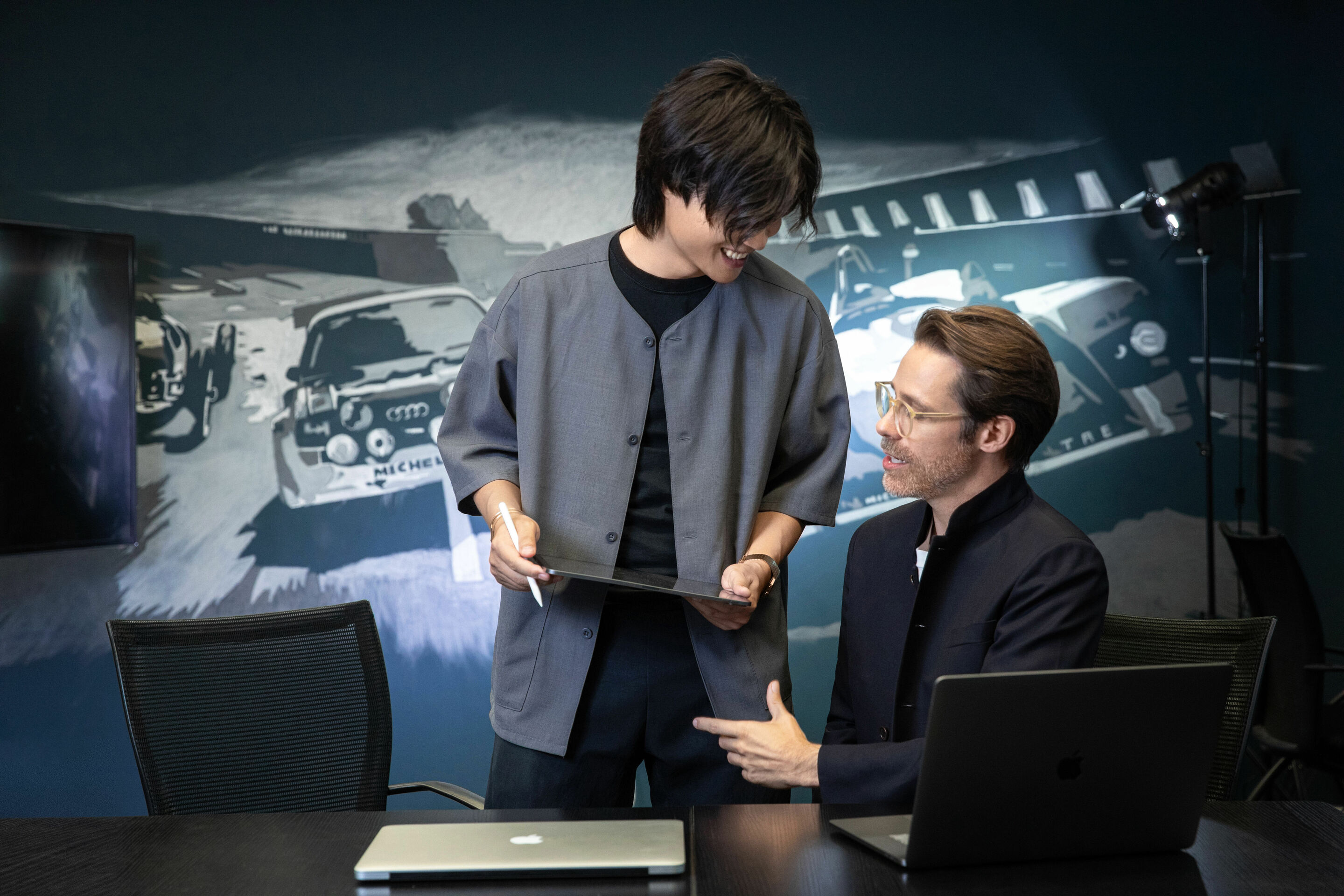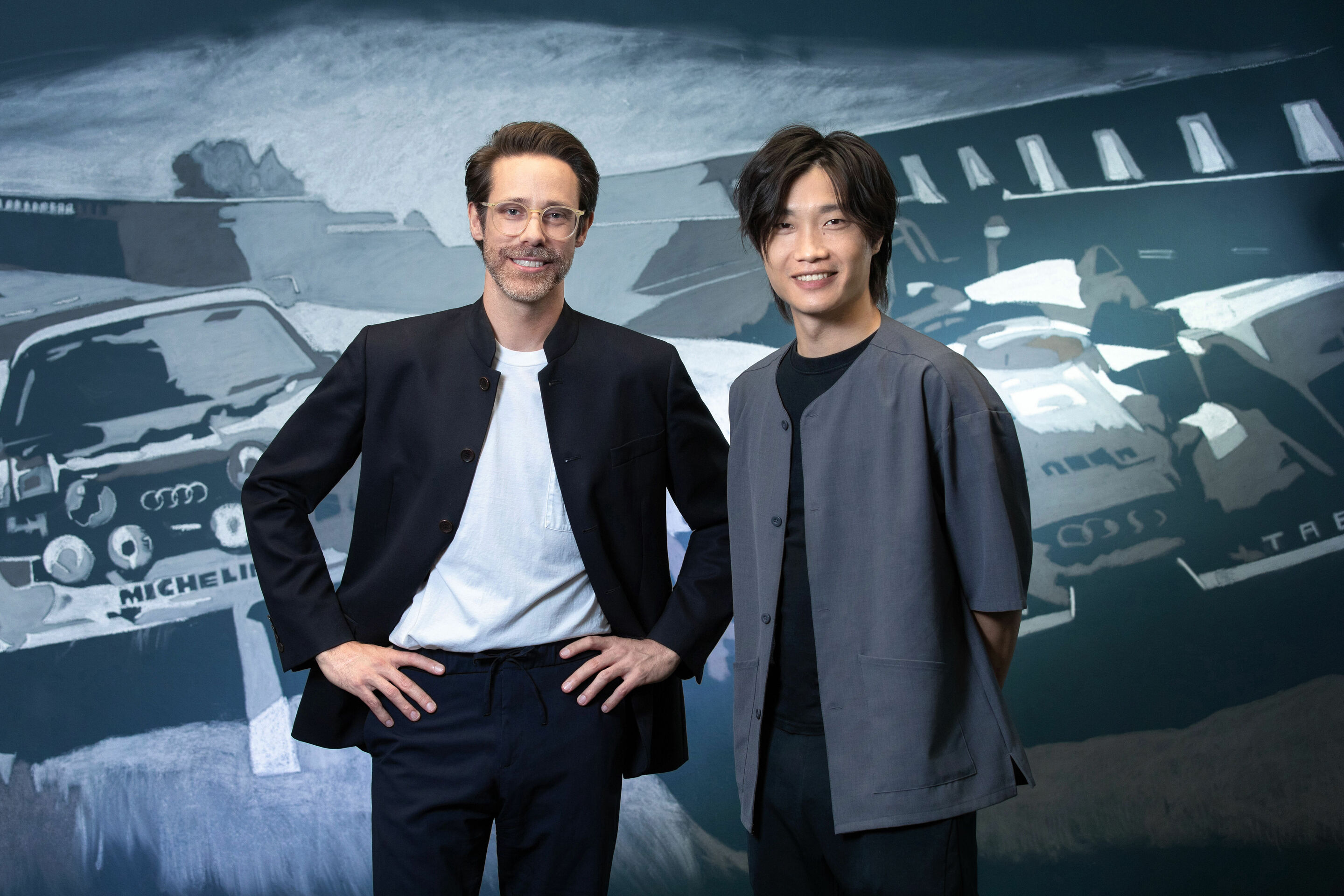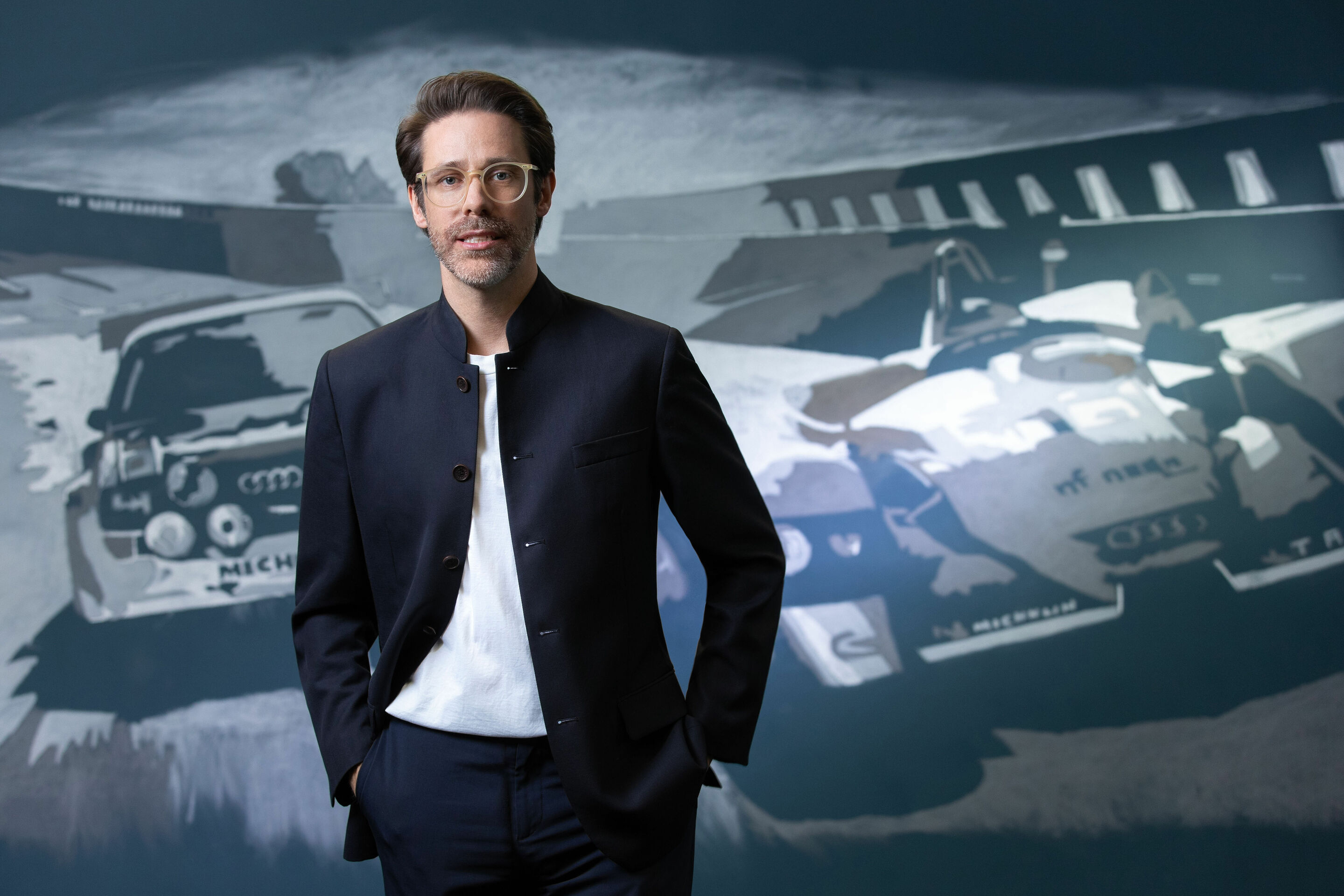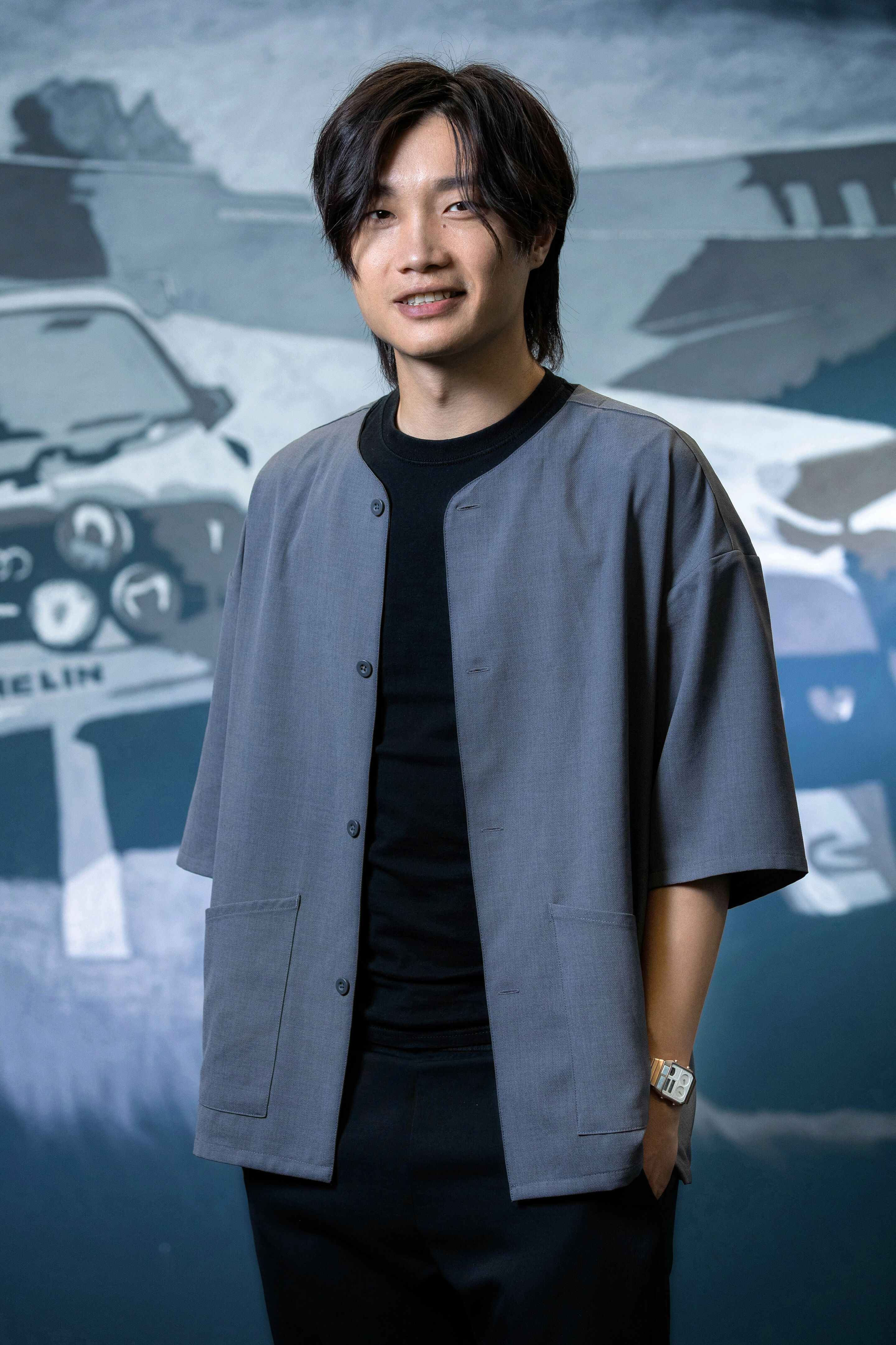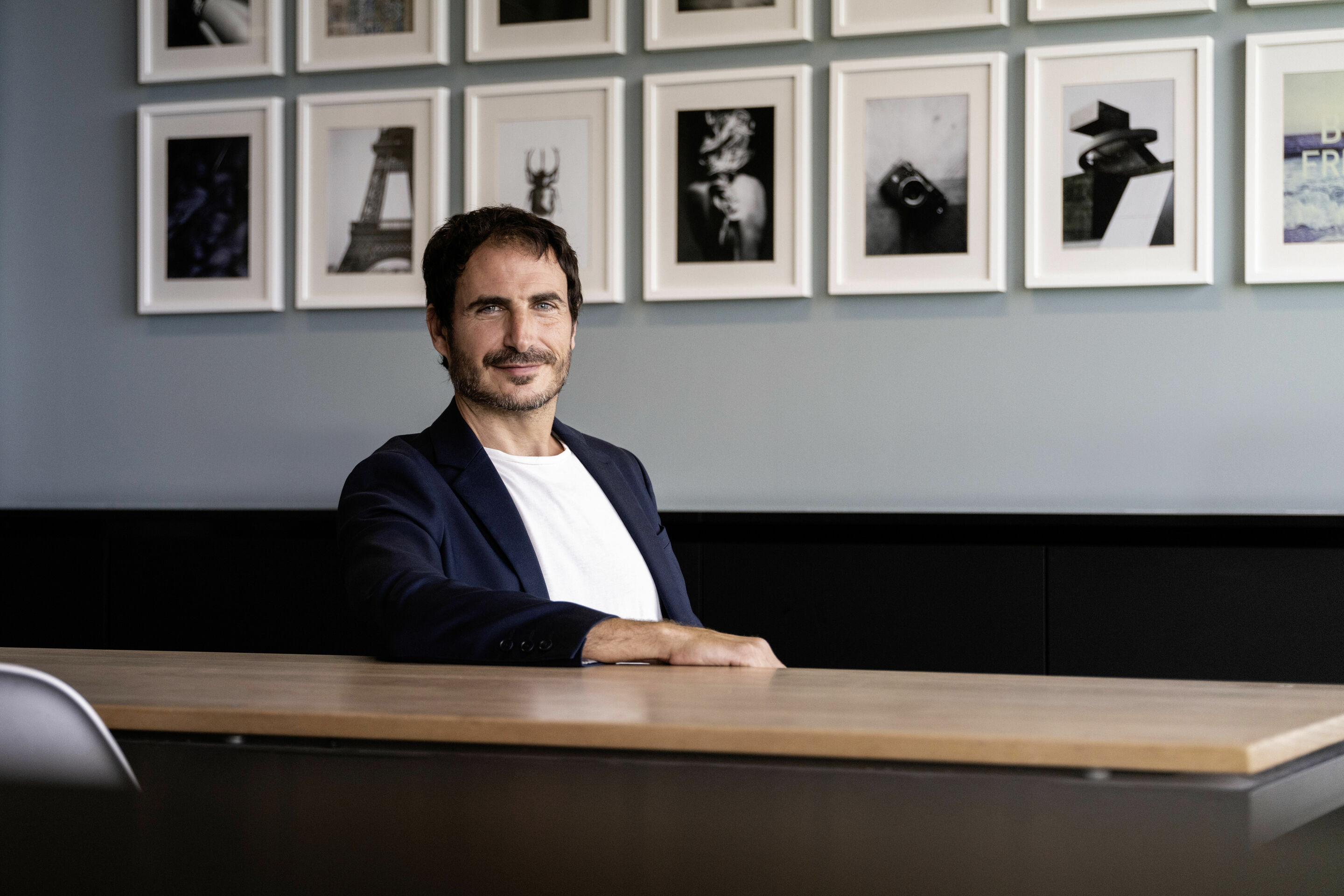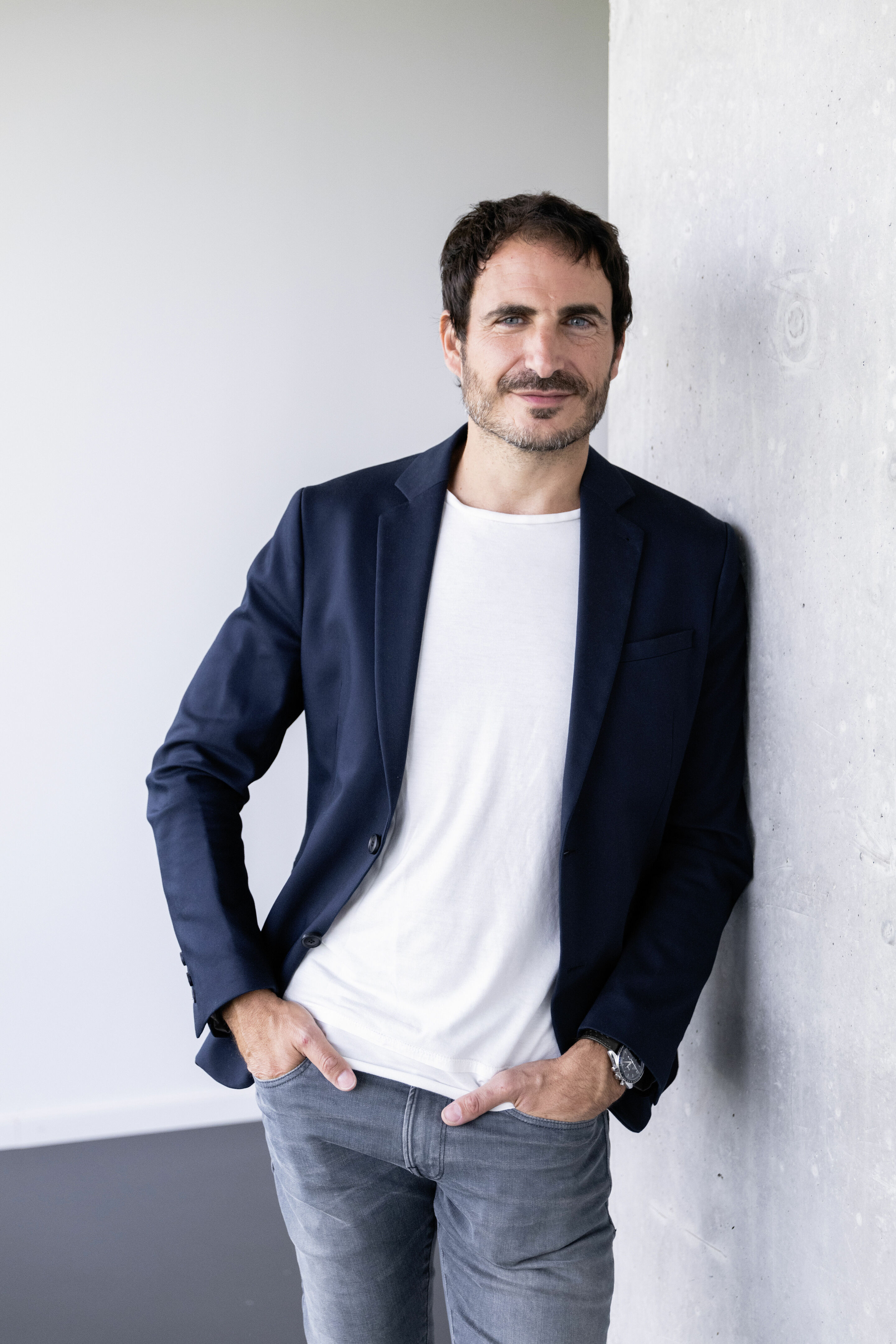Audi design studios: boundless creativity
- Worldwide network for the interior and exterior design of tomorrow
- Digitalization makes intensive project work across time zones possible
- Seismographs for local trends and market-specific customer desires
They challenge the everyday world and conventions and they're far ahead of their time: with a total of 450 experts, the design studios in Beijing, Malibu, and Ingolstadt form the germ cells for Audi’s new models, show cars, and innovative mobility concepts. Being established around the globe shows that Audi is a global brand and working nonstop on the automotive portfolio of the future. The locations are networked with one another via the design headquarters in Ingolstadt and keep in close contact. At the same time, these three creativity forges are also competing: before their designs become reality, first they have to prevail in internal competition. Moreover, Audi Design uses its studios in China and the US as seismographs: the teams track down trends on site from the fields of mobility, art, and culture and adapt them for local and international markets. “Vorsprung durch Technik, which means 'progress through technology', defines Audi as a global brand. To make that claim, we in Design also have to be right up close to developments and trends in the strategically important global markets,” says Marc Lichte, head of Audi Design. “That’s why we have our own design studios in China and the US, which give us direct input from those countries, but also concrete concepts and designs.”
China is Audi’s biggest single market in the world. The country is developing rapidly and a young, high-income middle class is creating a lot of demand, particularly in the premium segment. The world's biggest sales market is thereby creating its own trends and standards. That’s why we have had our own design studio in Beijing since 2011. The location is in the prosperous Chaoyang district in the hectic metropole of 22 million. That’s where Design manager Stephan Fahr-Becker, together with his 13-member team, focuses on the Chinese clientèle and distinctive design for the market. “Our credo is designing in China for China – be it in our series projects, show cars, or concept visions. To do that, we have to forge a relationship with the future that’s three to five years ahead of us,” says Fahr-Becker. Since 2019, he has been the head of the studio almost 8,000 kilometers (4,971 miles) from Germany and part of the Beijing design team. Drafters, CAD designers, and Color & Trim experts work there with a holistic approach to the vehicle interior and exterior of the future. Another participant: Yunzhou Wu.
More than a status symbol
“For Chinese people, the car is a workplace and living space all in one. It is not just a mode of transport, but an extension of the self and, moreover, it represents individuality and, in particular, affluence,” Wu explains. “The vehicle’s appearance can come across as more ambitious, more colorful, and overall more conspicuous than in Europe, for example. In the interior, apart from the driving experience and exclusivity, connectivity and interaction play an increasingly important role when we are in rush hour traffic here, for instance,” says the Audi designer. “The Chinese are very digitally savvy and open to technology. The smartphone is an indispensable life companion. They expect big touchscreens, super clear images, intuitive operation, ample networking, and their own onboard W-Fi.” Wu, who speaks fluent German, English, and Mandarin, worked for Audi in Ingolstadt for seven years as an interior designer. Now, the 36 year-old has been living back in China for three years and working as the coordinator for the interior design team.
The neighboring Audi Innovation Research Office (AIR) has been providing many valuable insights for the designers’ work for years: the trend researchers and data specialists identify and assess industry-relevant trends and follow up on, for instance, how local forward thinkers interpret the premium concept for the future. More than 1,000 Chinese consumers repeatedly provide feedback on Audi’s product developments and digital offerings each month. Everything happens digitally within a few minutes via the WeChat app. “Here in Beijing, together with our colleagues from AIR, we have our finger on the pulse of this country,” says Fahr-Becker. “As designers, we convert rapid changes in taste and momentum into the most universal design language possible and ultimately into concrete drafts and products.”
Digital creative process across continents
Beijing is closely networked with the design team around Audi’s head designer Marc Lichte. The teams from Beijing and Ingolstadt meet regularly for virtual design meetings by using VR glasses. There, they review realistic and proportionate 3-D CAD models. Several users can log in at once and make themselves known as avatars. In the past, photo-realistic 2-D computer graphics were used along with physical models, which were not only expensive to produce by hand, but also took several weeks. CAD data can now be transmitted to Ingolstadt very easily. There, the physical clay models are milled overnight.
“In recent years, we have made the VR applications a standard tool in the design process. Feedback is immediate and we can make assessments right in a very early stage,” says studio manager Fahr-Becker. “That way, any discrepancies are not discovered only when there is a physical clay model. And we don't have to go back and forth so much between the different design studios anymore.” Wu adds, “This digital form of collaboration has become a central building block for consistent implementation of Chinese customer demands early in product development.”
Malibu: epicenter of lifestyle and digital technologies
Stephan Fahr-Becker and Yunzhou Wu leave their office in Beijing in the evening shortly before Gael Buzyn’s alarm clock goes off in southern California. Buzyn is the head of Audi’s Design Studio in the heart of Malibu, not far from the boardwalk of the surf paradise and the second home for many Hollywood stars. A native of France, he is responsible for the expertise at the branch on the West Coast of the US. “Like Beijing, Malibu is an important satellite in Audi’s design cosmos for understanding and interpreting market conditions and customer needs for the brand on site,” says Buzyn, who had a fascination with cars even as a child. “The ‘American way of life’ is inconceivable without cars. In the United States, there are more licensed vehicles than there are drivers licenses,” he says smiling. “We're here because California is the epicenter and trend setter for lifestyle, new vehicle trends, and digital technologies. What’s ‘in’ here today the whole world might have tomorrow.”
Californian creativity meets German efficiency
Gael Buzyn started out alone in a small, seven square meter (23 square foot) room in 2016. Since then, he has worked in a team with 12 designers and counting. There is room for 21. “The mix of experiences and the shared fire for visions drives us to peak form again and again,” says Buzyn. Audi’s new Design Loft helps with that: modeled after mid-century California architecture and German Bauhaus principles with an open floor plan and floor-to-ceiling windows, it has enough space. Creativity is foregrounded here. Ingolstadt primarily provides technical support and physical modeling. “Things that we initiate during the day are thought through more or organized overnight in Germany,” says the studio manager. “When we wake up, we have an answer.”
The most popular project from California to date is the spectacular design study AI:RACE, whose concept and lines originated in Malibu. The purely electric Audi proved to be a radical vision of a high-performance sports car of the future.
Wide and flat, visibly inspired by the wind tunnel and the racetrack, its very presence signaled that new boundaries were being set. The collaboration in 2018 was already largely virtual. Like in Beijing, when Buzyn’s team gets in touch and coordinates with the other studios today, virtual reality is working channel number one. Even for competing ideas, physical presence is no longer necessary when the teams in the Design network get into internal discussions with their proposals for exterior and interior design.
Challenges in designing an Audi
“Competition motivates us,” says Buzyn. For his designers, the difficulties arise not so much in their vision of a new model. Instead, challenges emerge for them far more often from market conditions as well as technology and its feasibility: “Is it too soon for the thing we're creating? Is it safe? Is it cool? Is it efficient? For us, the clientèle sets our basic orientation,” says Buzyn, who praises the degree of freedom, the carte blanche that Ingolstadt grants his studio to present new approaches, forms, and ideas. Buzyn says, “We’re one big family in the Audi design world and good design emerges in dialog.”
